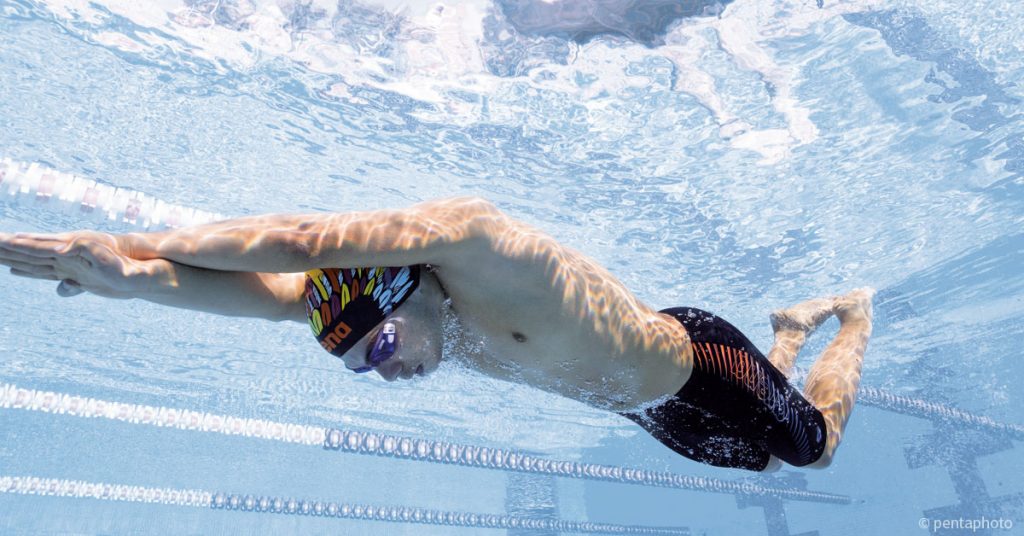The young swimmer Daichi Suzuki performed his own special underwater phase after the start and turn in the 100 m backstroke at the Los Angeles Olympics in 1984.
More specifically, the young swimmer made 6 butterfly leg kicks before emerging with a slight advantage over his rivals, who were all stronger and more experienced swimmers than him.
A number of swimmers then began their own secret training: for 4 years there was little talk about the ‘sub’ phase, but certain athletes were working really hard on it.
The backstroke event at the 1988 Olympics in Seoul was watched standing up, not sitting down. The crowds revelled in the swimmers’ long underwater phases that resulted in world records falling in both the shorter and longer race.
Back then there was no time or distance limit on the ‘sub’ phase and less and less time was being spent above the water during races, so after all kinds of records being broken, it was decided to set a limit of 15 m for the underwater phase.
Nowadays, if performed properly, this can be the fastest part of the race after the dive, so let’s see how we can improve it effectively through careful training drills.
Let’s take a look at the technique:
- During the first phase of pushing the wall, bury your head between your shoulders; then push off and as soon as you feel your forward speed is slowing, start making fast butterfly leg kicks of average amplitude.
- Keep your upper body still, just gently follow your hip movements to “accompany” your leg kick; rolling constantly from side to side would slow down your forward propulsion.
- After the 3rd/4th leg kick, start to increase the amplitude of your kick and slow it down slightly as you gradually come to the surface of the water.
- Break the surface of the water and begin to swim before reaching the 15 m mark, otherwise you will be disqualified.
- Except in the medley, this same technique can be used lying on your back during both the freestyle and butterfly; during the final three leg kicks you will have to roll around the centre of your body to maintain a prone position.
This drill follows the usual periodisation of training sessions, so that all your skills can be developed at the same time. However, bearing in mind the considerable amount of energy required to contract muscles starved of oxygen, it is advisable to perform this drill when you are not focusing on leg work.
Last but not least, I would like to point out that learning the underwater phase when you are an adult is rather complicated and the movement ends up being rather ineffective and extremely tiring…. fortunately , though, you do not have to learn it (it is not mandatory)!
[vc_column width=”1/1″][/vc_column][vc_row][vc_column width=”1/1″][vc_video link=”https://www.youtube.com/embed/PdcNvpx1onY”][/vc_column][/vc_row]
